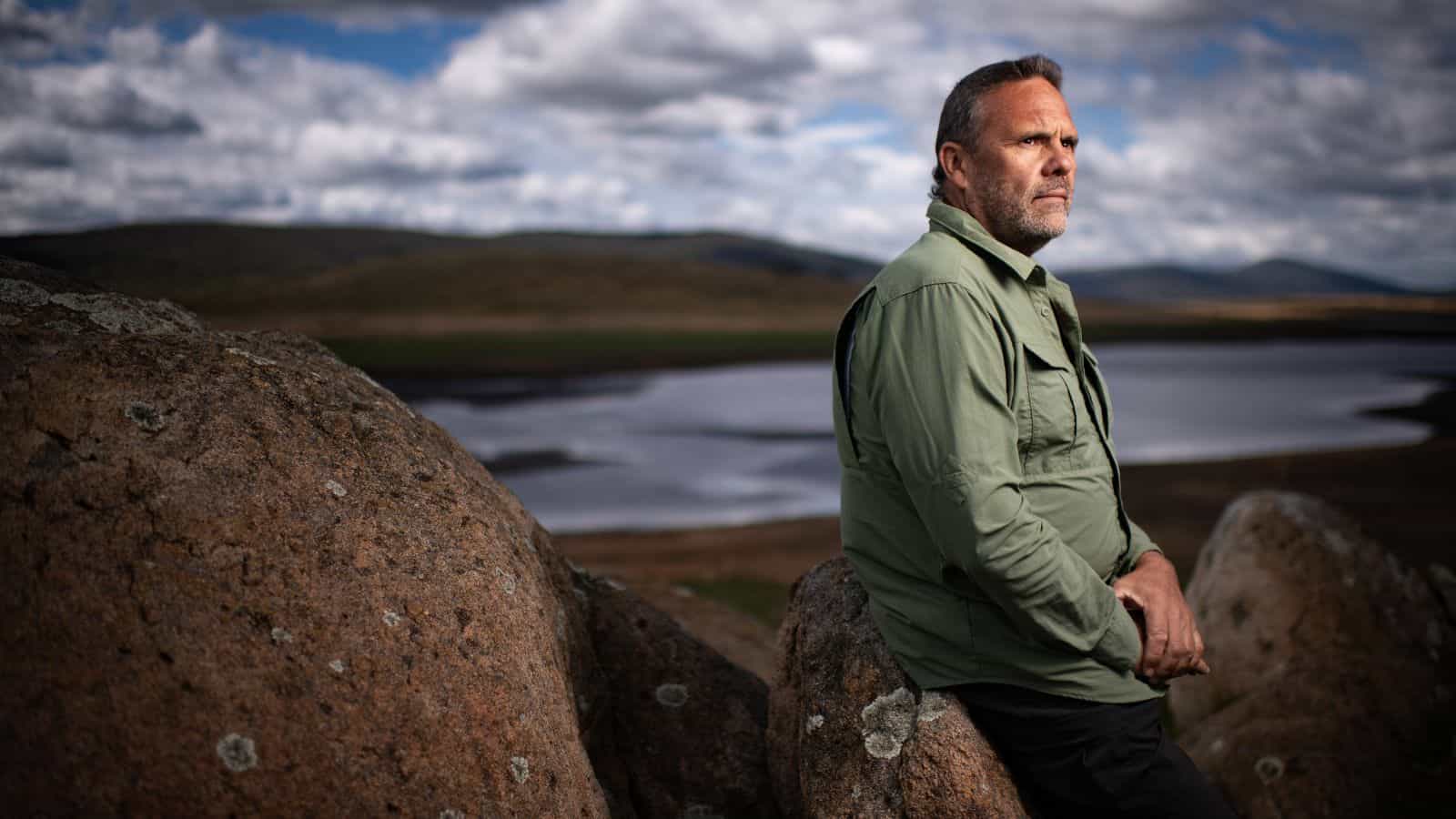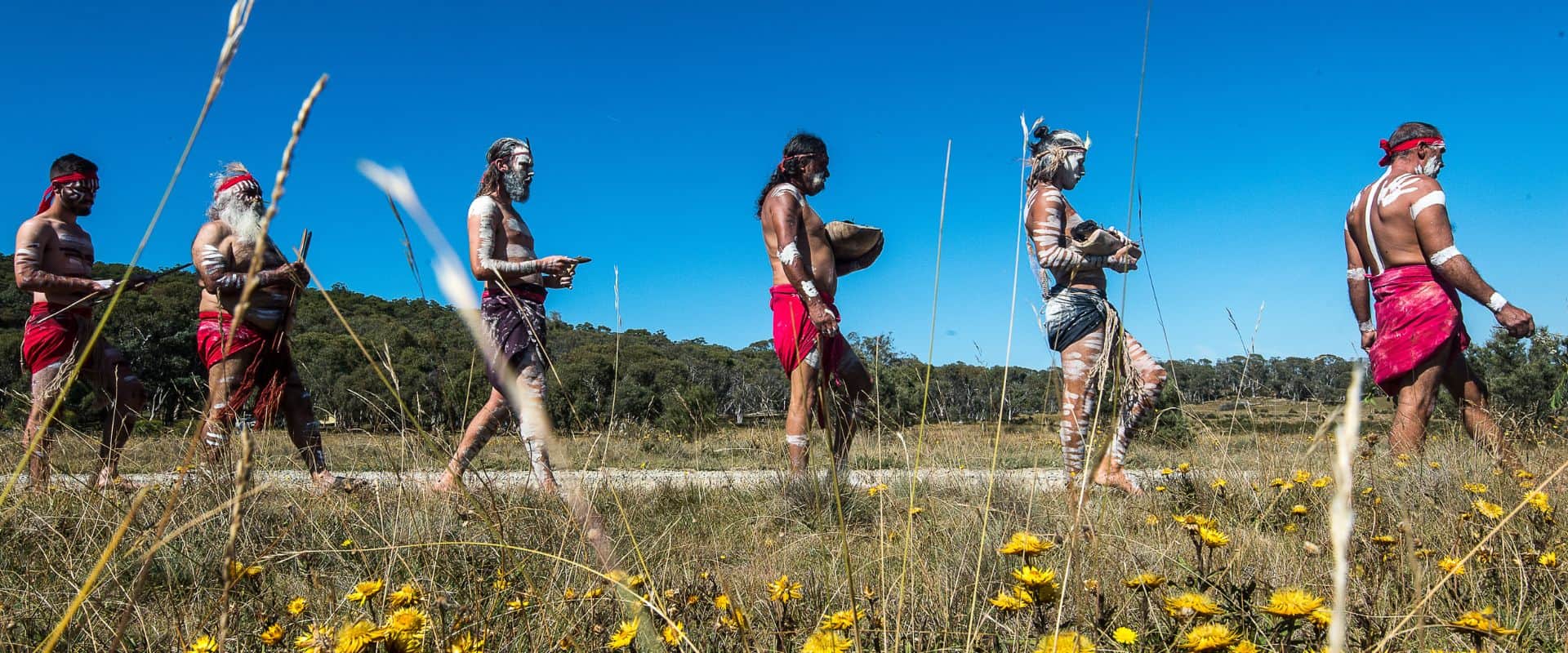Rampant invasive species and thriving Country cannot coexist. It’s one or the other. And we can’t have a healthy Indigenous culture without healthy Country.
Invasive species contribute to the destruction of natural systems, sacred sites and the extinction of Indigenous totem species. The long lasting impacts to First Nations communities’ culture and connection to Country is irredeemable.
Caring for Country and its plants and animals is deeply embedded in Aboriginal culture. For hundreds of thousands of years, Aboriginal communities have cared for and lived in harmony with our native species. Despite generations of Indigenous knowledge, we are sorely lacking First Nations voices in environmental policy decision making.
This is why the Voice of Country campaign puts Indigenous knowledge and culture at the forefront of invasive species policy making.
Nearly 60% of Australia’s threatened species occur on land managed by Aboriginal or Torres Strait Islanders. They must have the policy voice and resources to do this work effectively. However, there is no dedicated Indigenous body to provide advice to governments, ensure appropriate resourcing and advocate for protecting Country from threats such as invasive species.
The Voice of Country campaign aims to restore and empower these voices. To achieve this we are calling for an Indigenous Land and Sea Country Commissioner to advise governments and be a public advocate for Country.
Through our Memorandum of Understanding we aim to elevate the voice of First Nations people culminating in a powerful chorus that will call on key decision makers at all levels of government, to listen to the voice of Country.
Richard Swain is building a national, Indigenous-led distributed network of caring Indigenous community leaders and communities to unite to save Country from invasive species. Through direct dialogue and engagement with First Nations communities about the impacts of invasive species on their Country, the campaign is also building awareness, ecological knowledge, advocacy skills and practical community capacity for the management of Country.
We now have a historic opportunity to restore Country and culture by protecting it from the threat of invasive species. The best way to do this centres Indigenous knowledge in decisions of environmental and cultural significance.
Together, we can create a culture where Australians unite around a living Country that allows for our native species to thrive, and reclaim our shared role as custodians of this land. Central to this is improved invasive species management. Now is the time to do this.
How can you get involved?
- Sign the pledge to listen to country
- If you are an Aboriginal and Torres Strait islander, and you or your organisation want to sign the memorandum of understanding then reach out to voiceofcountry@invasives.org.au
- Share your networks! Do you know an organisation who would love to help champion this campaign? Then let us know at voiceofcountry@invasives.org.au



